The day started with fog in the early morning and brightened as the day progressed. Since the weather was not ideal for good sightseeing, we stayed fairly close to the campground and visited Earthquake Park, the Alaska Native Heritage Center and the Anchorage Museum of History and Art. We also walked along 4th Avenue, the main street in Anchorage and were impressed with the flowers that were found everywhere. They may have a short summer, but they take advantage of the long daylight to put up beautiful floral displays.
Earthquake Park commemorates the 1964 Good Friday earthquake. The earthquake, the strongest earthquake ever recorded as of that date, destroyed significant parts of Anchorage. A tsunami resulting from the quake destroyed Seward and Valdez. The park was developed on the site of an affluent neighborhood that was undermined by the quake and slid down the hill into Cook Inlet.
The Alaska Native Heritage Center is a collaboration of all the native groups in Alaska and contains displays of native art as well as recreations of typical homes occupied by the various native groups. We also watched a group of Anchorage high school students, representing different tribal groups, dancing native dances.
We only had a short time at the Anchorage Museum of History and Art and just walked through the Alaska history displays.
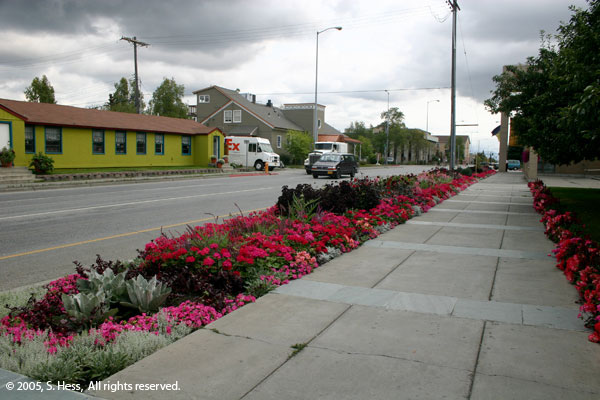
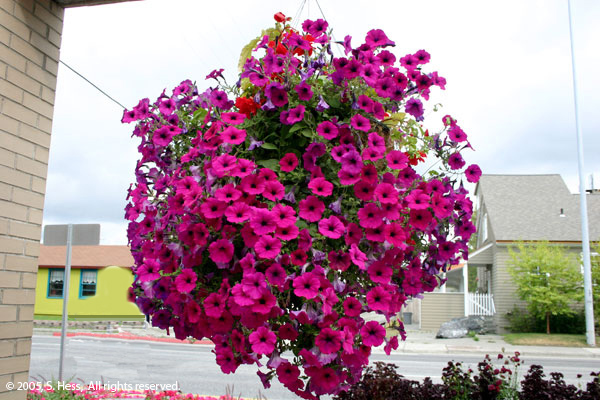
Flowers everywhere in the downtown area. These were found next to the Museum of History and Art.
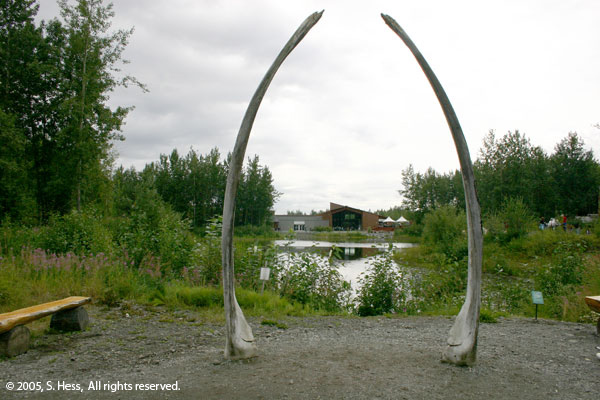
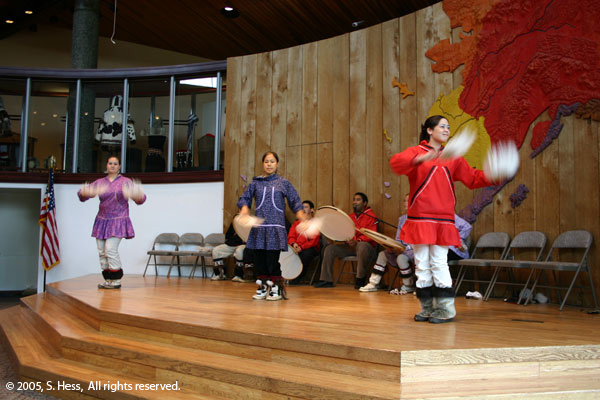
Alaska Native Heritage Center seen through whalebone arch
High school students performing native dances
click on picture for video
click on picture for video
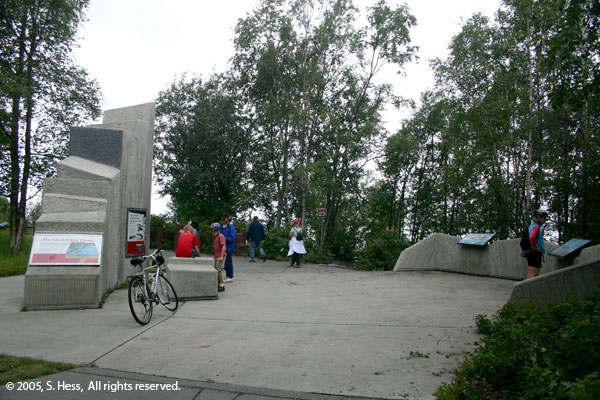
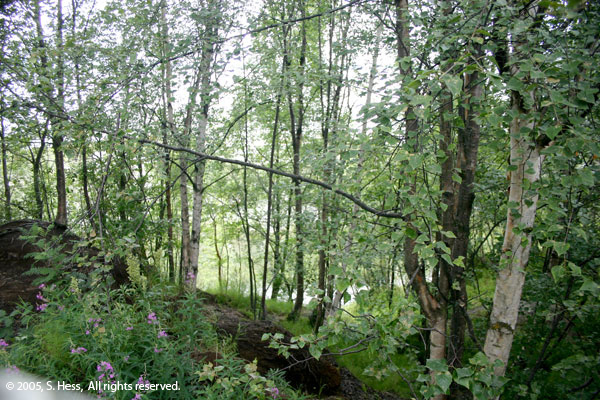
Earthquake Park interpretive display
Homes on this hillside disappeared into Cook Inlet during the 1964 Good Friday earthquake.
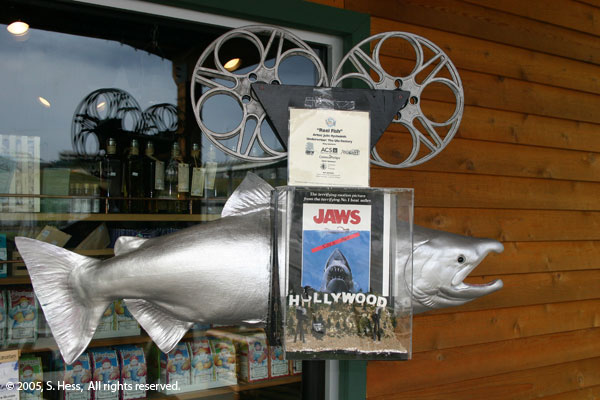
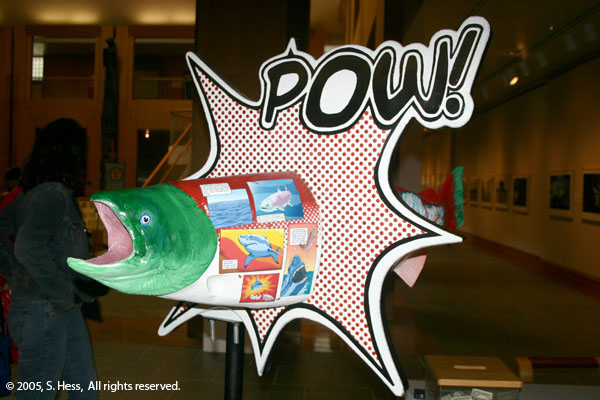
Reel Fish
Salmon Pow
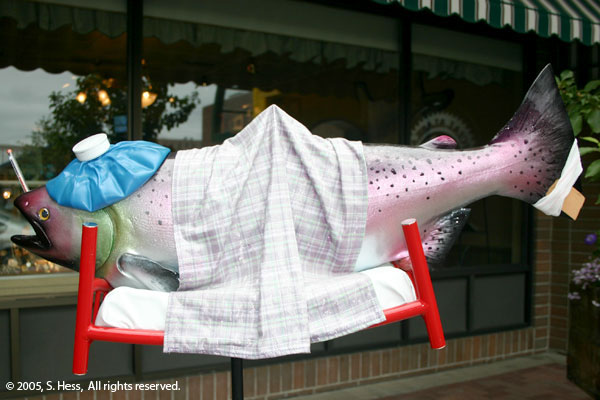
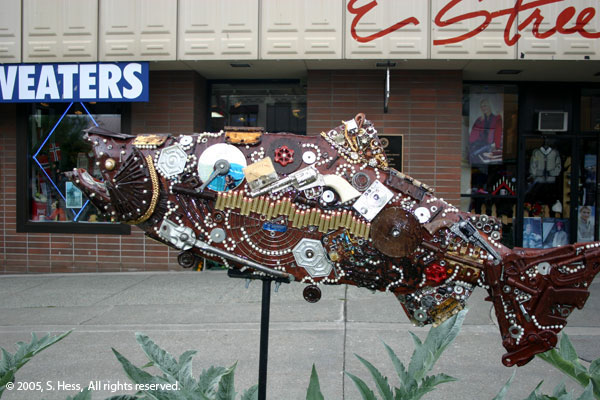
Salmonellosis
Spenard Spawn Shop
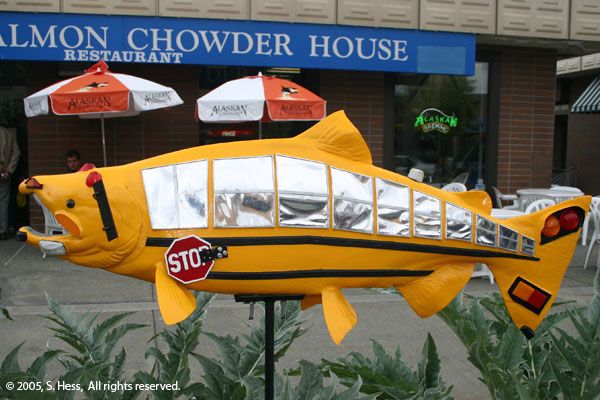
Summer School